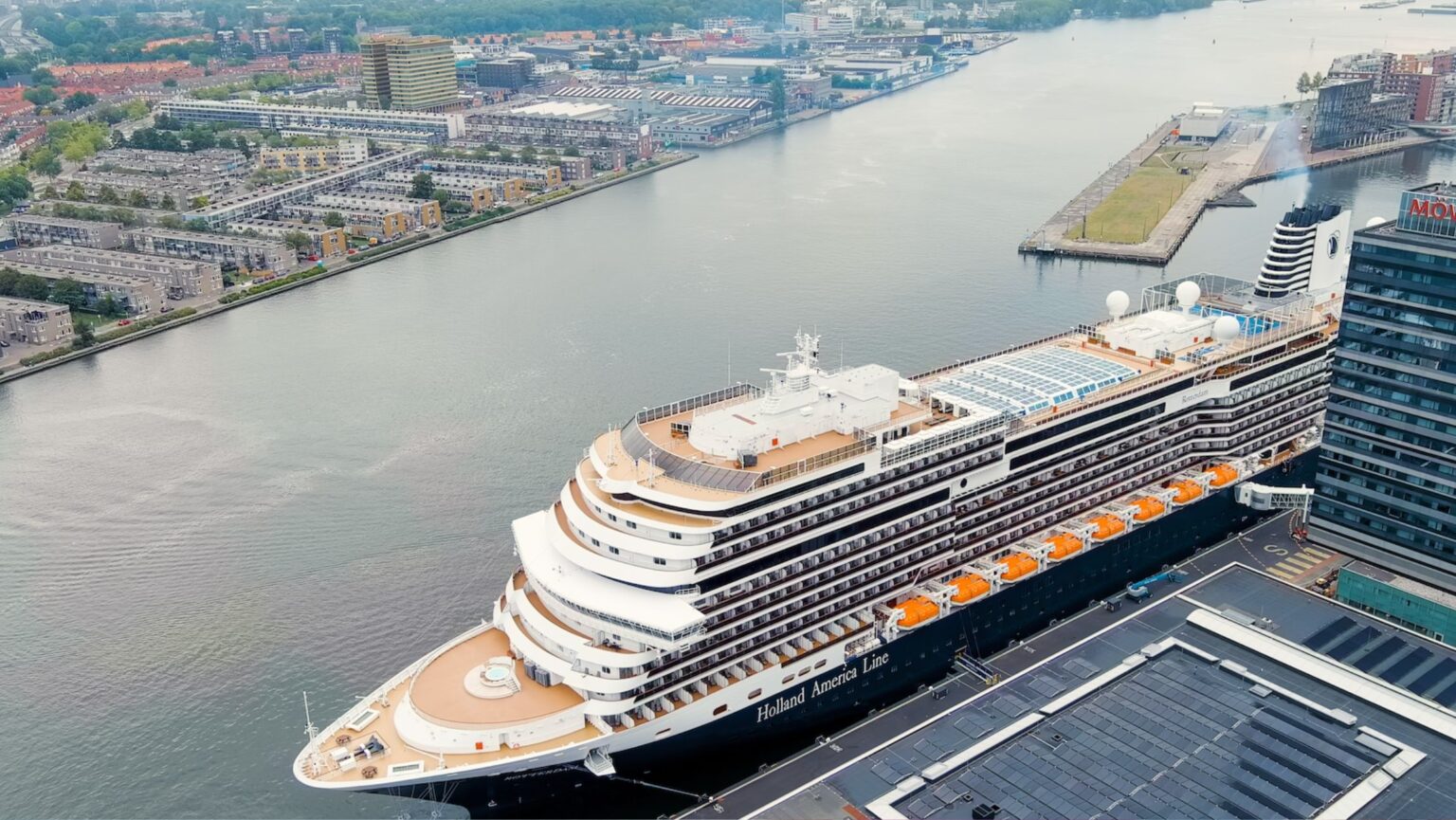Cruise is facing a challenging period, with many ports around the world seeing both people-driven protests and government-imposed cruise caps.
The driving theme behind these protests is generally over-tourism and environmental impact, while this represents a problem, it could also represent a crossroads for ports to choose between leaving things the way they are or preparing for a greener future of cruise.
For example, meanwhile, Serenade of the Seas was being turned around due to high volumes of protesters, an hour down the road in Rotterdam, the port announced that onshore power supply via wind and solar energy would be available for cruise ships before the end of this year.
The European Union has put a 2030 deadline on ports to provide onshore power to ships, and Rotterdam has gotten well ahead of the schedule. Furthermore, the city has a superior offering as its shore power comes from renewable resources.
The two ports are showing stark contrasts in their attitude towards and preparation for the cruise. An Ambassador Cruise Lines ship was also recently subject to last-minute itinerary changes due to the protestors in Amsterdam.
Rotterdam isn’t immune to this issue, with the port seeing protests in June last year, from the same organisation, Extinction Rebellion, that is responsible for the Amsterdam protests.
The concern was understandable given that cruise ship visits to Rotterdam had shot up 500% over 14 years. However, the port has now worked hard to provide a better environmental outlook for cruise ship activity.
By 2028, it’s expected that 80% of cruise ships will have shore power compatibility. This means a port such as Rotterdam can arrange its schedule so all cruise ships are only running off sustainable energy sources while in port.
CLIA calls on governments to support cruise innovation
Julie Green, Deputy Director General of CLIA Europe wrote for Euro News that it’s crucial for governments to play their role in promoting and creating sustainable cruising.
“We…are calling on governments to support these efforts and help accelerate the transition to the next generation of sustainable fuels by increasing incentives for their development and production.
“The many benefits of innovations on cruise ships extend to local communities. To give just one example, last year, one cruise line produced nearly 7 million cubic metres, or 89% of its total freshwater consumption, on board.
“The technologies and practices that made this possible are an integral part of many cruise line operations, meaning that they no longer need to rely on external water supplies.
“Self-sufficiency is an overlooked value in the sustainability lexicon and may offer a useful model for holiday resorts and other forms of tourism. These types of advancements and collaborations support the kind of innovation needed to create a sustainable future.”
There is a perspective that while recognising the efforts and intentions of protesters and adding cruise caps may appease people in the short term, through working with the industry and their respective governments, cruise ports can prepare for a future of green cruising.









I realy think that you would find that there’s a lot of cruise ships that have had their own decalinators for years and years , and if you go to any of the major boat shows , all you need to do is go down into an engine room and you see decalinator/ purifier,s so they automatically take on salt water when it’s needed, then sends it through its process keeping up the supply of fresh water for its appliances, washing and showers ect .
So cruise ships would have had these systems 20-30 or so years ago, so it’s nothing new